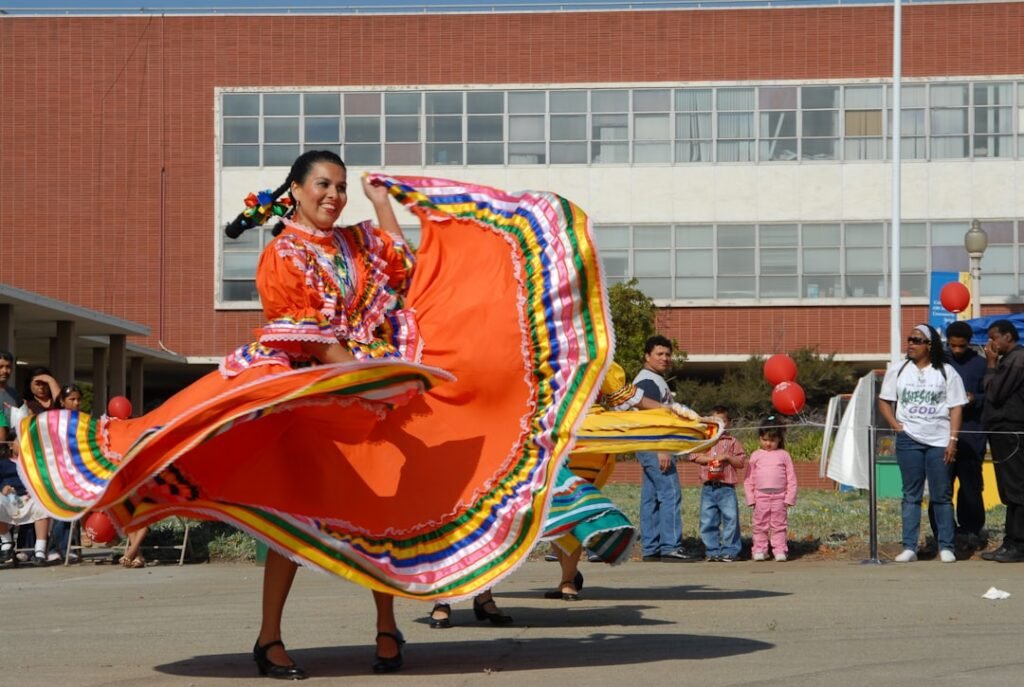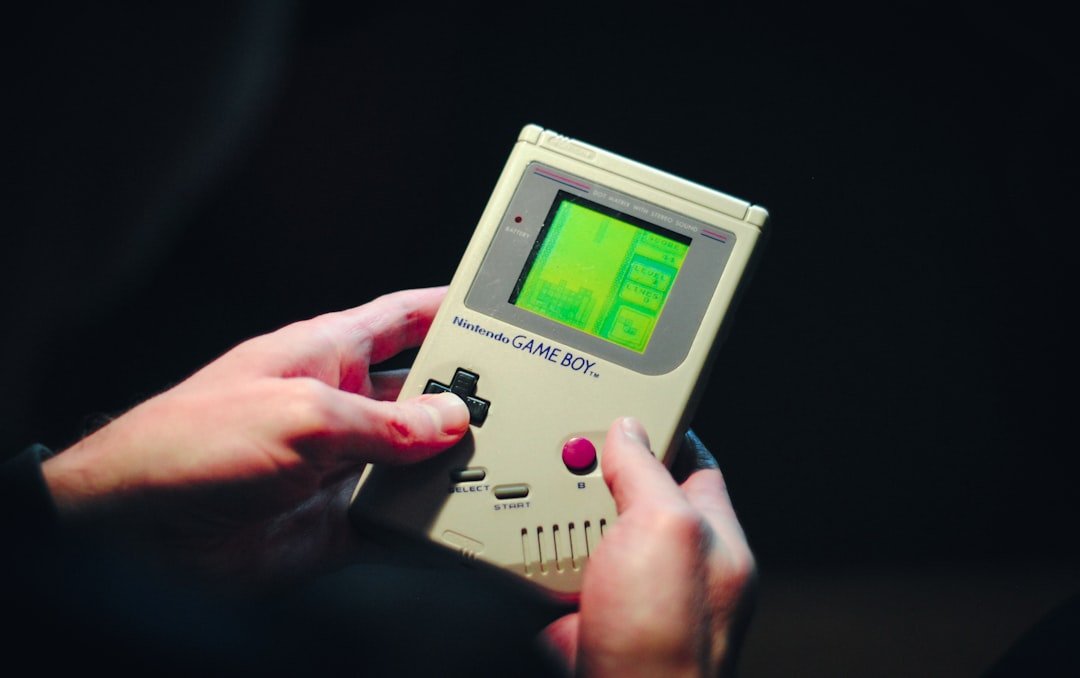Now Reading: Unleashing the Most Broken RPG Builds: A Guide to Dominate
-
01
Unleashing the Most Broken RPG Builds: A Guide to Dominate
Unleashing the Most Broken RPG Builds: A Guide to Dominate
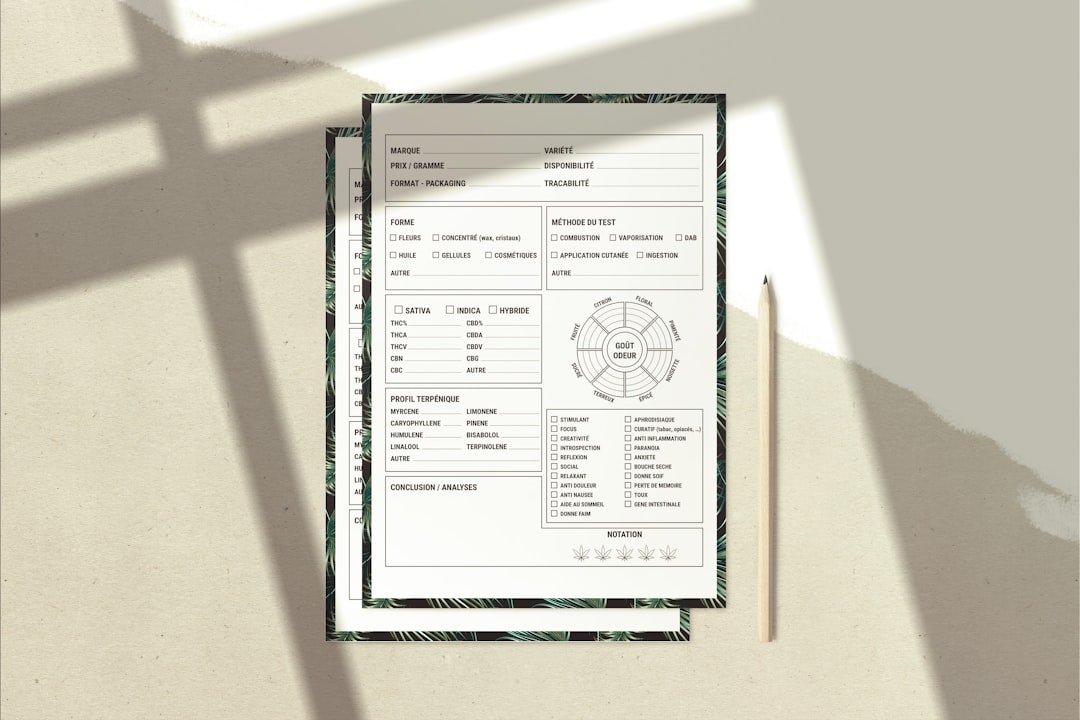
As a passionate tabletop role-playing game (RPG) enthusiast, I find myself constantly drawn to the intricate art of character building. The process of creating a character is not merely about selecting a name and a class; it’s an opportunity to weave together a narrative, a personality, and a set of abilities that can shape the course of an adventure. RPG builds are the culmination of these choices, representing the unique combination of skills, attributes, and equipment that define how a character interacts with the game world.
Whether I’m crafting a heroic knight, a cunning rogue, or a powerful sorcerer, the build I choose can significantly impact my experience and that of my fellow players.
Some players prefer to create well-rounded characters that can adapt to various situations, while others, like myself, revel in the challenge of designing “broken” builds—characters that push the boundaries of what is possible within the game mechanics.
These builds often exploit specific rules or synergies to create characters that are not only powerful but can also dominate encounters in ways that might seem unbalanced. In this article, I will delve into the nuances of building these formidable characters, exploring the strategies and considerations that come into play when crafting a truly broken RPG build.
Key Takeaways
- RPG builds are essential for creating unique and powerful characters in role-playing games.
- “Broken” builds refer to characters that are overpowered or unbalanced in the game, often due to exploiting game mechanics.
- Choosing the right RPG system is crucial for building broken characters, as some systems may have more potential for creating powerful builds.
- Min-maxing involves maximizing a character’s strengths while minimizing their weaknesses to create a powerful build.
- Exploiting game mechanics can lead to maximum effectiveness in creating broken builds, but it’s important to consider the impact on the overall gaming experience.
Understanding the Concept of “Broken” Builds
The term “broken” in RPGs often carries a dual meaning. On one hand, it refers to characters that are exceptionally powerful, capable of achieving feats that seem to defy the game’s intended balance. On the other hand, it can imply a sense of imbalance within the game itself, where one character’s abilities overshadow those of others, potentially leading to frustration among players.
As I navigate this delicate balance, I find it essential to understand what makes a build “broken” and how to harness that power responsibly. A broken build typically arises from a combination of optimal choices in class selection, ability scores, feats, and equipment. For instance, I might choose a class that has access to powerful spells or abilities that can be further enhanced through careful selection of feats.
Additionally, certain combinations of skills and abilities can create synergies that amplify damage output or survivability to an extraordinary degree.
The goal is not just to create an unstoppable force but to enhance the collaborative storytelling that makes RPGs so enjoyable.
Choosing the Right RPG System for Building Broken Characters
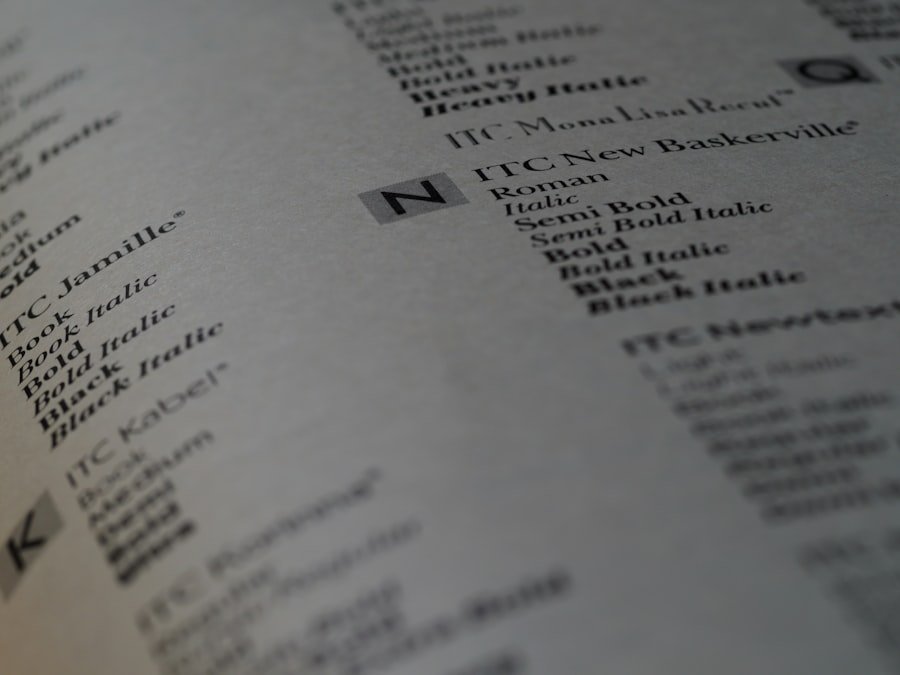
When embarking on my journey to create broken builds, the choice of RPG system plays a crucial role in shaping my character’s potential. Different systems have varying mechanics and rulesets that can either facilitate or hinder the creation of powerful characters. For example, systems like Dungeons & Dragons offer a wealth of options for customization through classes, races, and feats, making it easier for me to exploit synergies and create a character that stands out in terms of power. Conversely, some systems may impose stricter limitations on character creation or balance gameplay more rigorously.
In these cases, I must adapt my approach and find creative ways to maximize my character’s effectiveness within the constraints provided. Understanding the strengths and weaknesses of each system allows me to tailor my build accordingly, ensuring that I can still achieve a level of power without disrupting the overall balance of the game.
Min-Maxing: Maximizing Strengths and Minimizing Weaknesses
One of the most effective strategies for creating broken builds is min-maxing—an approach that involves maximizing a character’s strengths while minimizing their weaknesses. This method requires careful consideration of ability scores, class features, and skills to ensure that my character excels in their chosen role while compensating for any shortcomings. For instance, if I decide to build a melee fighter, I might prioritize strength and constitution while intentionally neglecting charisma or intelligence.
Min-maxing is not merely about stacking numbers; it’s about understanding how different aspects of my character interact with one another. By focusing on key attributes and abilities that enhance my character’s primary function—be it dealing damage, tanking hits, or casting spells—I can create a character that feels both powerful and cohesive. However, I must also be cautious not to create a one-dimensional character; even in min-maxing, there is value in having some versatility to adapt to unexpected challenges during gameplay.
Exploiting Game Mechanics for Maximum Effectiveness
To truly unleash the potential of my broken build, I must delve into the intricacies of game mechanics and identify opportunities for exploitation. Many RPG systems contain hidden gems—rules or interactions that can be leveraged for maximum effectiveness. For example, I might discover that certain spells or abilities can be combined in ways that create devastating effects or that specific feats allow me to bypass limitations imposed by the game.
Understanding these mechanics requires not only familiarity with the rules but also creativity in thinking outside the box. I often find myself brainstorming unique combinations or strategies that may not be immediately apparent. This exploration can lead to exciting discoveries that enhance my character’s capabilities and provide memorable moments during gameplay.
However, as I exploit these mechanics, I must remain aware of how they affect the overall balance of the game and ensure that my fellow players are still engaged and having fun.
Synergy: Creating a Cohesive and Powerful Character
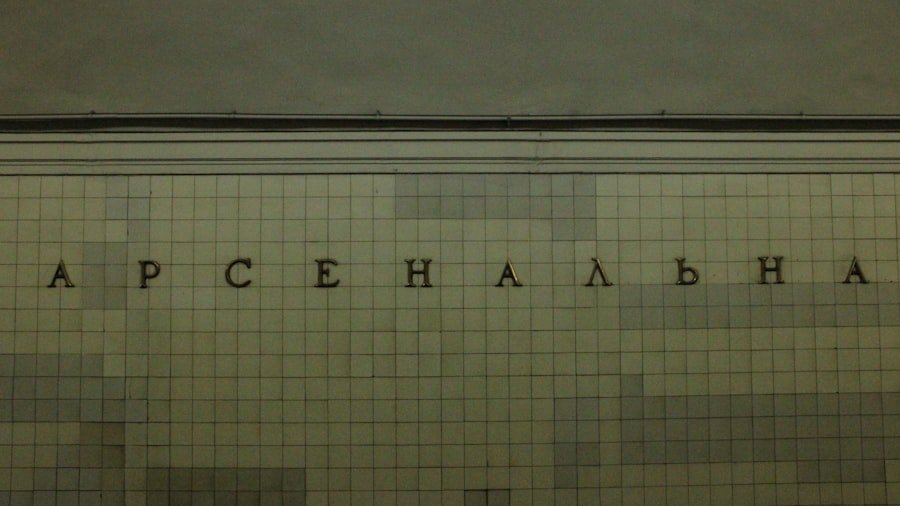
Creating Harmony
This can involve selecting complementary classes or abilities that enhance one another or choosing equipment that boosts key stats or skills. For instance, if I create a spellcaster who relies on high intelligence for spellcasting effectiveness, I might pair them with a class feature or item that increases their spell save DC or enhances their spell damage.
Maximizing Power and Immersion
Creating synergy within my build not only maximizes its power but also contributes to a more cohesive character concept. When all aspects of my character align—be it their backstory, abilities, or equipment—it creates a more immersive experience for both myself and my fellow players.
A Natural Extension of the Game World
A well-synergized character feels like a natural extension of the game world rather than just a collection of powerful numbers.
The Importance of Equipment and Gear in Building Broken Builds
No discussion about building broken RPG characters would be complete without addressing the significance of equipment and gear. The right items can elevate an already powerful build to new heights by providing additional bonuses or unique abilities that complement my character’s strengths. Whether it’s magical weapons that deal extra damage or armor that enhances survivability, gear plays an essential role in maximizing my character’s potential.
As I explore different equipment options, I often find myself considering how each piece interacts with my character’s abilities and overall strategy. For example, if I have built a ranged archer focused on critical hits, I might seek out items that increase my critical hit chance or provide additional damage on critical hits. This attention to detail ensures that every aspect of my build works together seamlessly, creating a character capable of achieving extraordinary feats during gameplay.
Understanding the Role of Feats, Skills, and Abilities in Character Building
Feats, skills, and abilities are foundational elements in any RPG build, serving as the building blocks upon which I construct my character’s identity and capabilities. Each choice I make regarding these elements can significantly impact my character’s effectiveness in various situations. Feats often provide unique bonuses or abilities that can enhance my character’s strengths or mitigate weaknesses; thus, selecting the right feats is crucial for optimizing my build.
Skills also play an important role in shaping how my character interacts with the world around them. By choosing skills that align with my character’s strengths or narrative background, I can create opportunities for creative problem-solving during gameplay. Additionally, understanding how different abilities interact with one another allows me to craft strategies that capitalize on their strengths while minimizing any potential drawbacks.
While many principles apply universally across RPG genres when creating broken builds, each genre presents unique opportunities and challenges. In fantasy settings like Dungeons & Dragons, for instance, I might focus on spellcasting classes with access to powerful spells and magical items. Conversely, in sci-fi RPGs like Shadowrun or Starfinder, I may prioritize technology-based enhancements or cybernetic upgrades to create an equally formidable character.
In horror-themed RPGs such as Call of Cthulhu or Delta Green, building broken characters may involve leveraging psychological traits or unique abilities tied to fear and madness mechanics. Regardless of genre, adapting my approach based on thematic elements allows me to create characters that not only excel in power but also resonate with the narrative context of the game.
Balancing Power and Fun: Ensuring a Positive Gaming Experience for Everyone
As much as I enjoy crafting broken builds capable of dominating encounters, I recognize the importance of balancing power with fun for all players involved. A key aspect of RPGs is collaboration; while it’s thrilling to have an exceptionally powerful character at my disposal, it’s equally vital to ensure that other players feel engaged and valued within the game. To achieve this balance, I often communicate openly with my fellow players and the game master about my intentions when creating a broken build.
By discussing potential power levels and ensuring everyone is comfortable with the dynamics at play, we can foster an environment where everyone enjoys their characters’ strengths without overshadowing one another’s contributions. Ultimately, RPGs are about shared storytelling experiences; finding harmony between power and enjoyment enhances our collective journey through fantastical worlds.
Embracing the Challenge of Building and Unleashing Broken RPG Builds
In conclusion, building broken RPG characters is both an art and a science—a challenge that requires creativity, strategic thinking, and an understanding of game mechanics. As I navigate this intricate process, I find immense satisfaction in crafting characters capable of extraordinary feats while remaining mindful of the collaborative nature of role-playing games. By embracing the challenge of creating broken builds responsibly and thoughtfully engaging with fellow players, I contribute to an enriching gaming experience filled with excitement and adventure.
Ultimately, whether I’m wielding an unstoppable warrior or a cunning spellcaster capable of bending reality itself, each broken build represents not just raw power but also an opportunity for storytelling and camaraderie within our shared gaming journey. As I continue to explore new systems and genres, I look forward to discovering fresh ways to push boundaries while ensuring that every player at the table has an unforgettable experience filled with laughter and epic moments.
If you’re interested in exploring the world of gaming beyond traditional RPGs, you may want to check out an article on the state of blockchain gaming. This emerging technology has the potential to revolutionize the gaming industry, offering new opportunities for players and developers alike. And if you’re a fan of horror games, you might enjoy reading about the top 10 best horror games of 2025. Whether you’re looking for a scare or a new gaming experience, these articles offer valuable insights into the ever-evolving world of gaming.
FAQs
What are broken builds in RPGs?
Broken builds in RPGs refer to character or class combinations that are significantly overpowered or unbalanced compared to other options in the game. These builds often allow players to easily dominate encounters and challenges, making the game less challenging and potentially less enjoyable for both the player and other participants.
What are some examples of broken builds in RPGs?
Examples of broken builds in RPGs include combinations of abilities, skills, and equipment that allow characters to deal excessive damage, have high survivability, or exploit game mechanics in a way that was not intended by the developers. These builds can often trivialize encounters and challenges that were meant to be difficult.
How can broken builds impact the gameplay experience?
Broken builds can negatively impact the gameplay experience by making the game too easy or unbalanced. This can lead to a lack of challenge, reduced enjoyment, and frustration for both the player using the broken build and other participants in the game. It can also disrupt the intended balance and design of the game, potentially leading to a less satisfying experience for all involved.
How can players use broken builds responsibly?
Players can use broken builds responsibly by considering the impact of their choices on the overall gameplay experience. This may involve discussing with other participants, such as the game master or fellow players, to ensure that the use of a broken build does not detract from the enjoyment of the game for others. Additionally, players can choose to voluntarily limit the use of certain overpowered abilities or combinations to maintain a more balanced and enjoyable experience for everyone.












